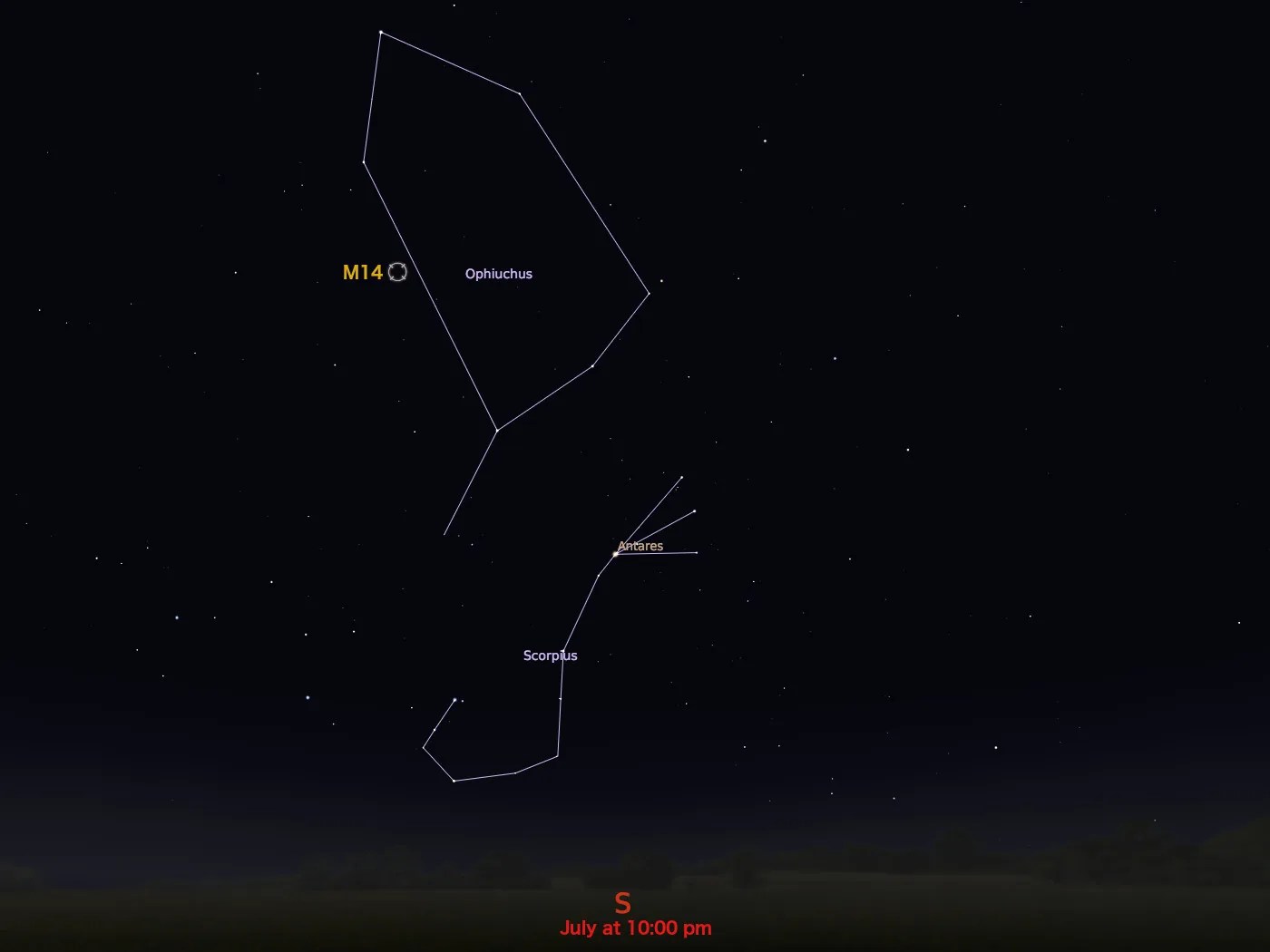Messier 14
Messier 14 is home to over 150,000 stars.
Distance
29,000 light-years
Apparent Magnitude
8.3
constellation
Ophiuchus
object type
Globular Cluster
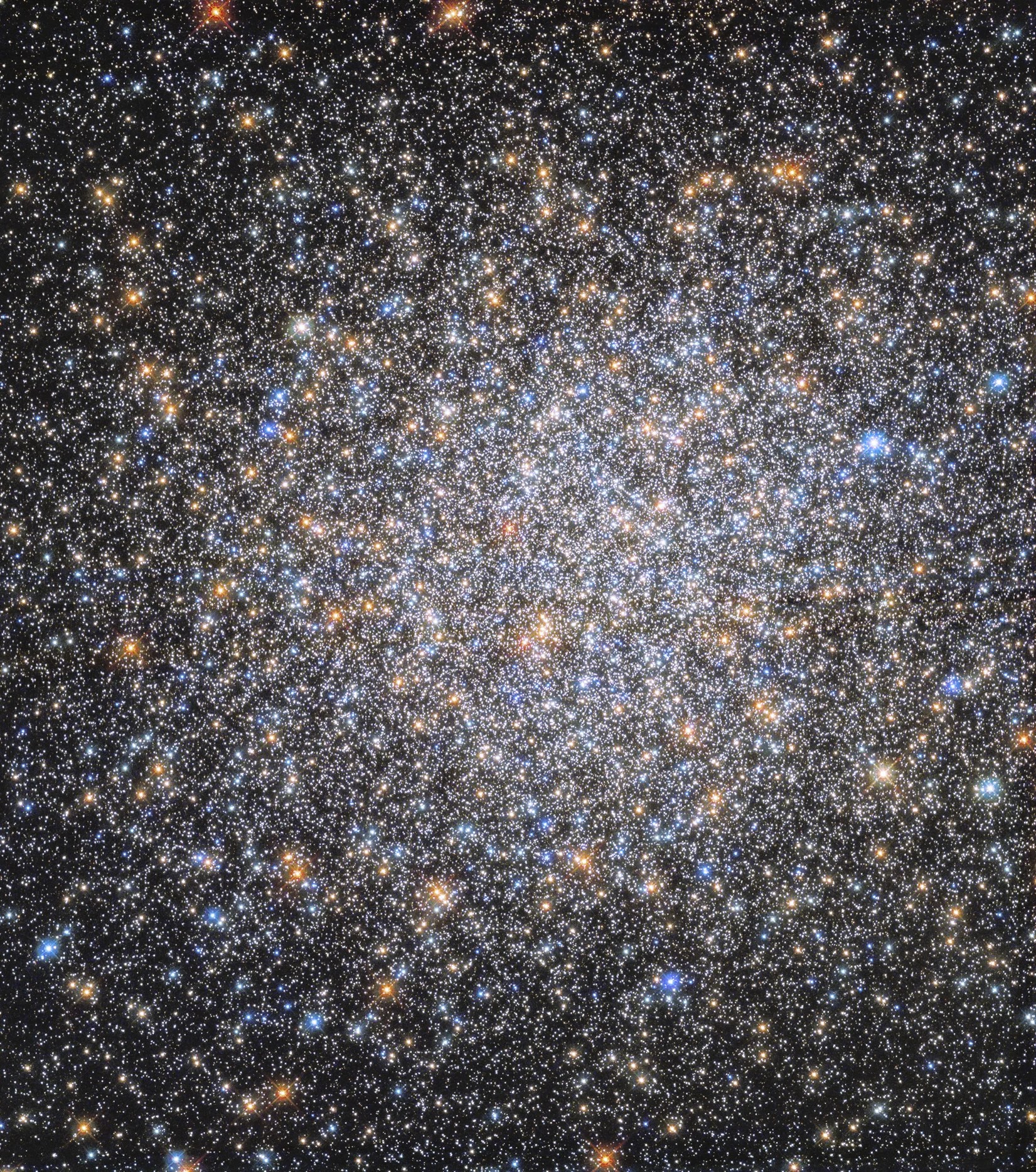
Discovered by Charles Messier in 1764, the globular cluster M14 is home to over 150,000 stars and has an apparent magnitude of 8.3. It is located 29,000 light-years away from Earth in the constellation Ophiuchus, and is best observed with a telescope during July.
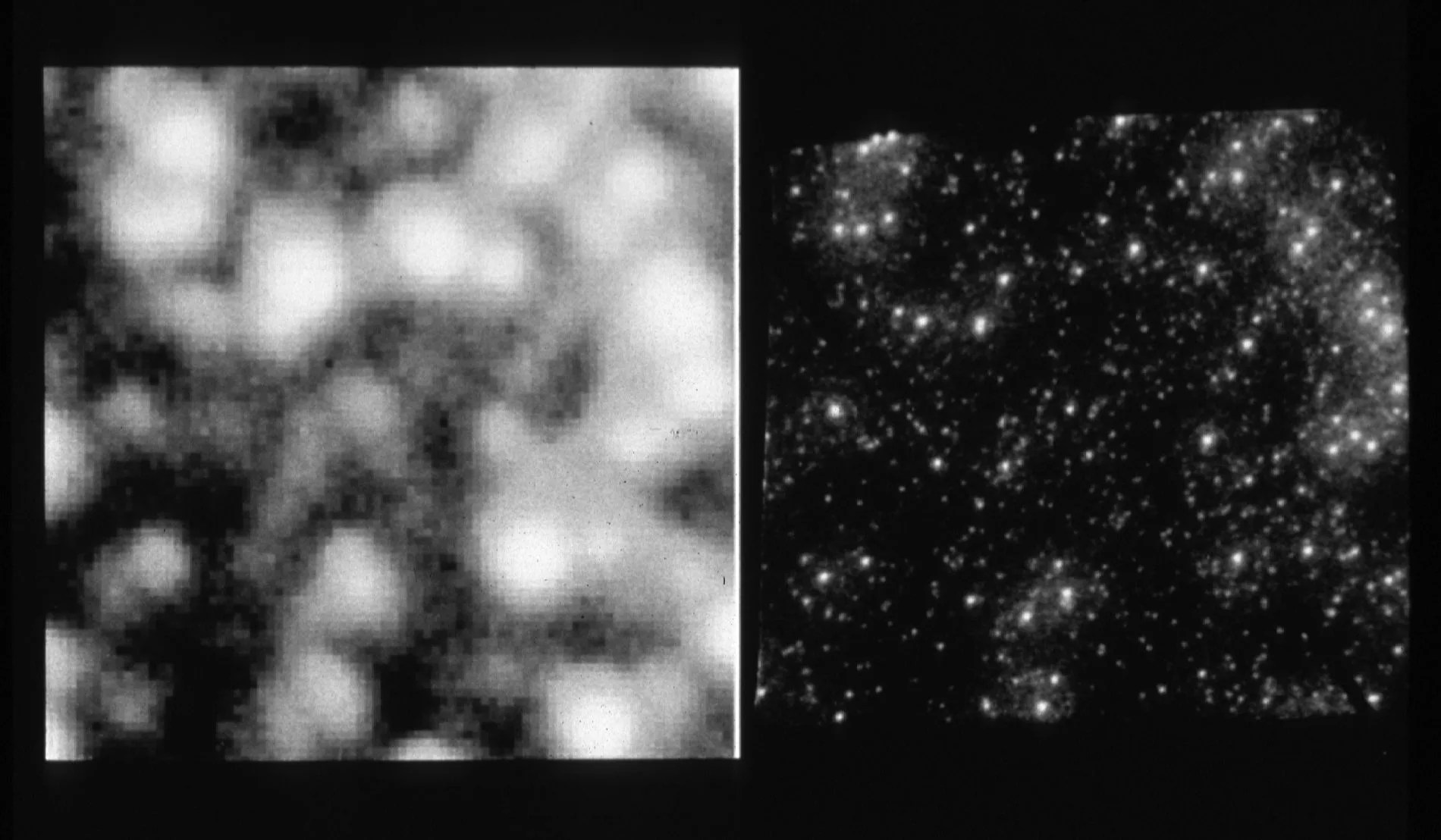
In the summer of 1938, M14 played host to a nova – an extraordinarily rare event in a cluster of its kind. A nova is a sudden stellar eruption where, in just a few days, a star’s brightness increases by a factor of 10,000. Then over the following months the outburst fades away and the star returns to its normal brightness.
For more information about Hubble’s observations of M14, see:
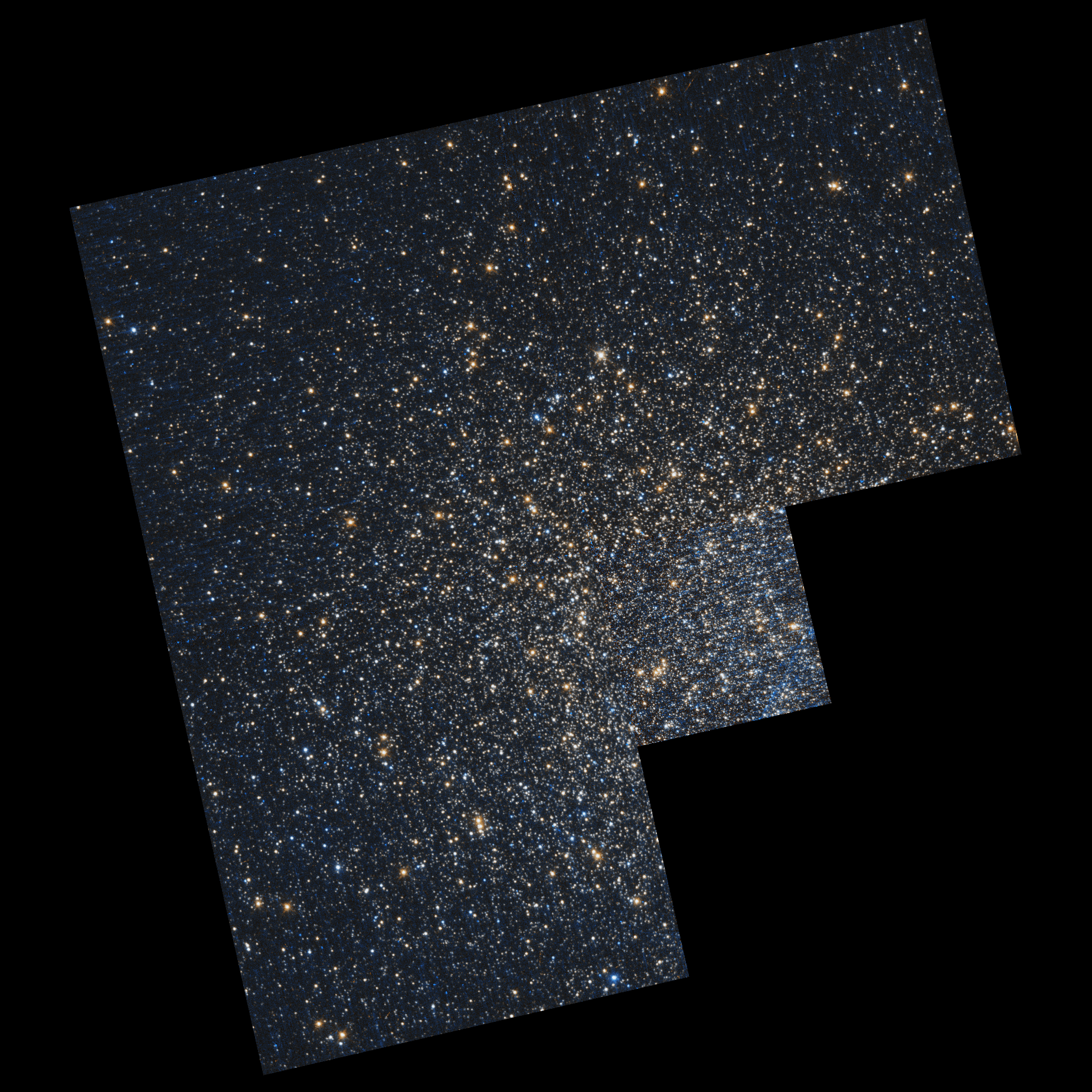
Explore Hubble's Messier Catalog
The following pages contain some of Hubble’s best images of Messier objects.

Overview The Messier catalog, begun by astronomer Charles Messier in the 18th Century and revised over the years, includes some…
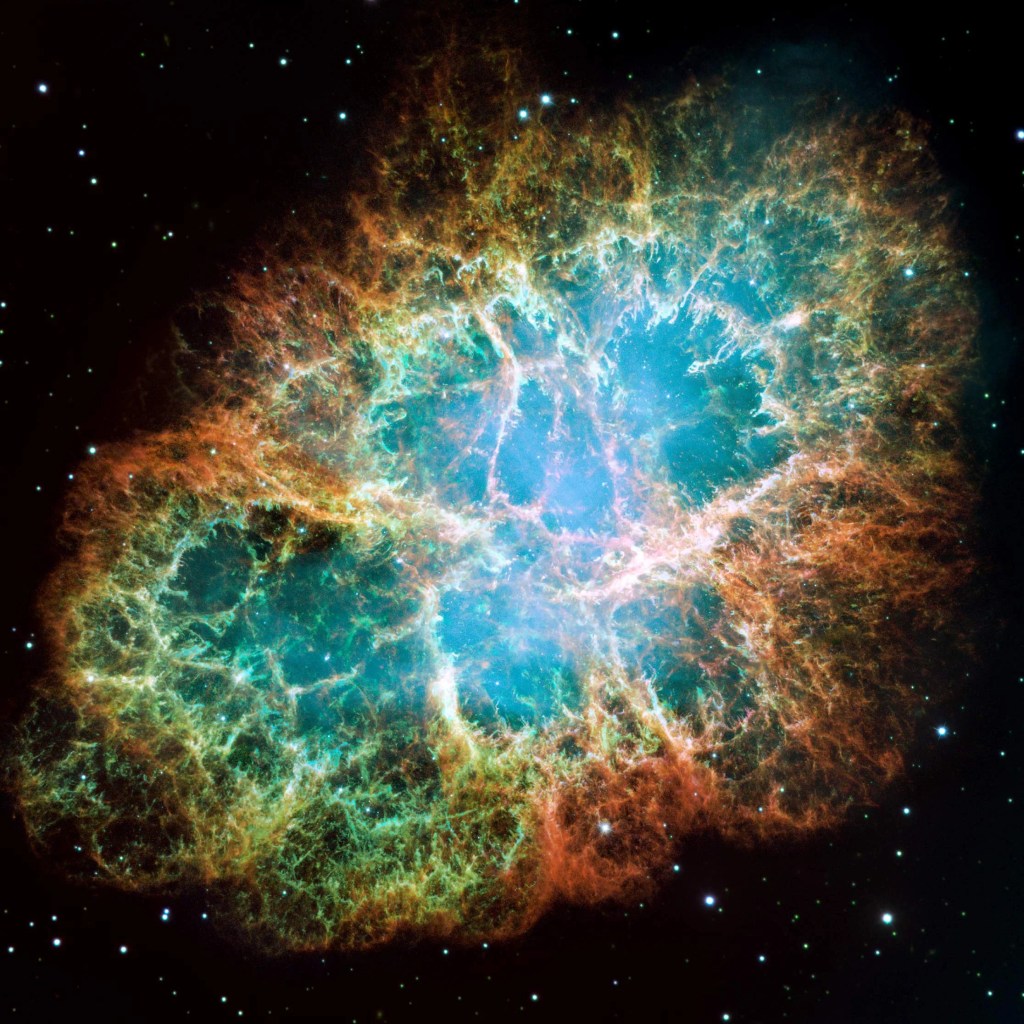
Better known as the Crab Nebula, Charles Messier originally mistook Messier 1 for Halley’s Comet, which inspired him to create…
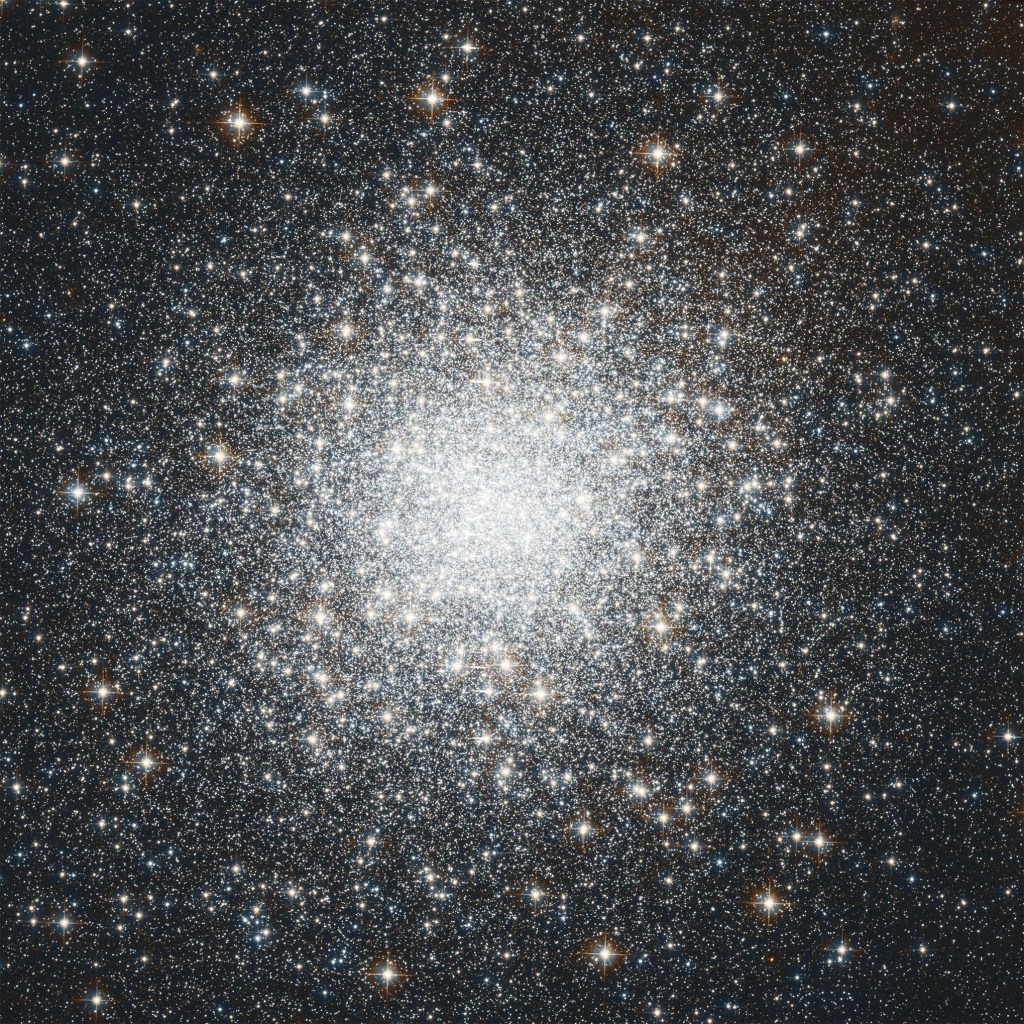
Hubble's image of Messier 2 is comprised of visible and infrared wavelengths of light.

























